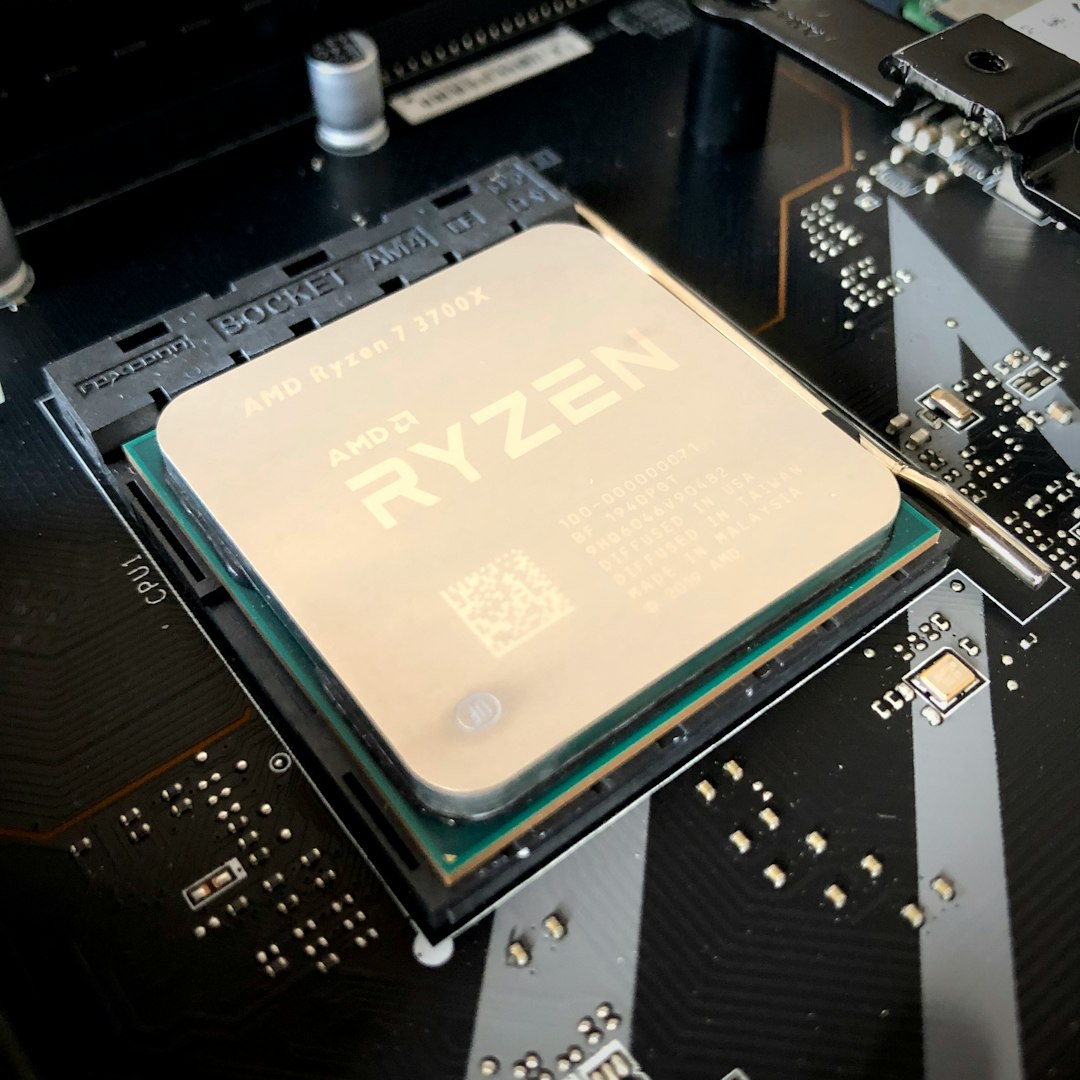I decided that I was spending too much time writing instructions in random Google docs, text files, and GitHub repos. I wanted to have a single location that I could use as a way to publicly document all the things that I tinker with:
- Kubernetes
- Docker (who doesnt?)
- Splunk
- Raspberry Pi
- Random tech integrations (this list could go on forever)
With all of that, I felt that it was time to put it all into a blog. As I travel through life building these random things, I intend to document them here and link to any files, repos, or websites that I have created myself or used along the way.
Enjoy!




